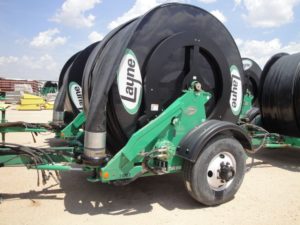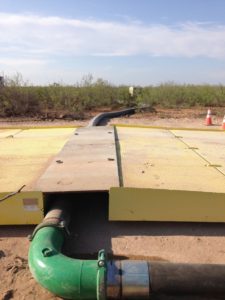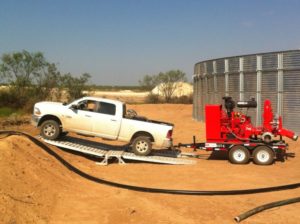Road Crossing Fracking Ramps Protect Fracking Hoses

Oil, natural gas and other fuels all come from the ground. As a result, they must be extracted using various means. Although I’m not a petroleum engineer, I must admit that the science behind it is fascinating. In visiting a fracking extraction facility recently, I was really able to get a handle on how the process works and how Handi-Ramp can help out by manufacturing custom road crossing fracking ramps.
Fracking hoses, which are a garden hose but larger, move the fracking slurry from the extraction site to the processing plant. Fracking ramps can be punctured and/or worn down with both time and use if large vehicles are simply driving over them. Fracking ramps protect those very same hoses from the heavy duty equipment and each vehicle’s weight. Any small puncture and the fracking slurry would become an environmental contaminant on pristine land which would be subject to fines and potential lawsuits.
Designs of Fracking Ramps

Fracking ramps are designed for both flat surfaces and uneven, rugged terrain. These ramps are essentially a much larger version of a hose protector ramp that Handi-Ramp also sells. Fracking ramps are actually two ramps connected with a piece of metal that creates a void, an open space where the hose can travel under the ramp, thereby protecting the hose from any vehicle that might need to drive over the ramp. Fracking ramps are portable and can be moved to where you need them.
A second fracking ramp design is for a curved landscape. Pictured in this article you will see a ramp that starts on a level plane on one end of the ramp. The other side of the ramp assists the truck in moving over a hill. A hinged connection allows for this seamless transition from flat ground to over a hill.
As you can see, fracking ramps have a variety of designs that can conform to the landscape, while sill protecting the fracking hose.

For a quote on a custom fracking ramp call Handi-Ramp at 800-876-RAMP(7267).

